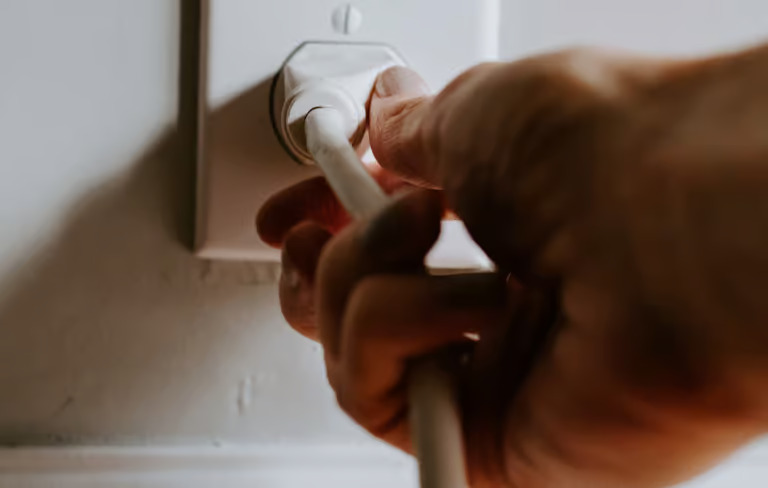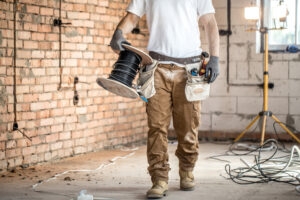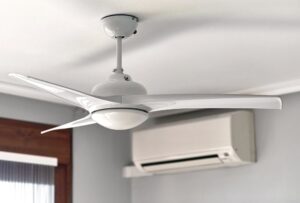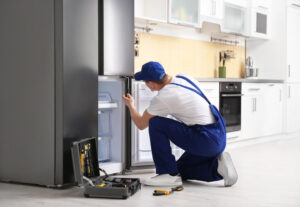Extension cords are incredibly useful tools. They provide you with loads of flexibility when it comes to powering devices and appliances throughout our homes.
However, using them incorrectly can lead to electrical hazards and accidents. So, to ensure you can avoid any issues with your power supply and extension cords. We’ve put together a bit of guide about extension cords. We’ll touch on the safety guidelines and best practices, so you get the most out of your extension cords without compromising your safety.
By mastering extension cord safety, you can confidently power up your home while minimising risks and ensuring the well-being of your household. Keep reading to learn about extension cords.











